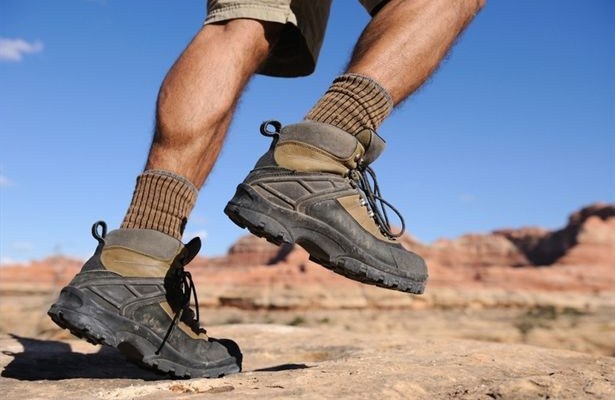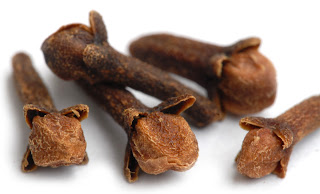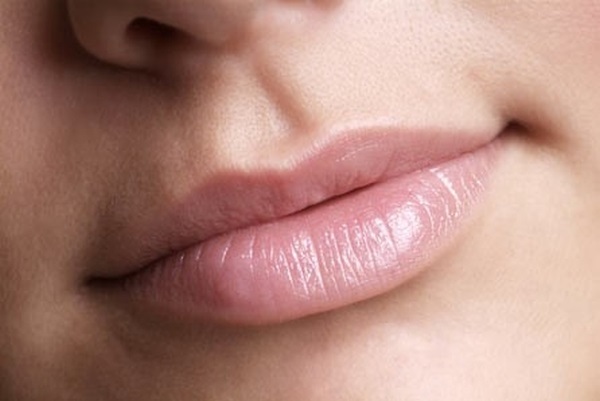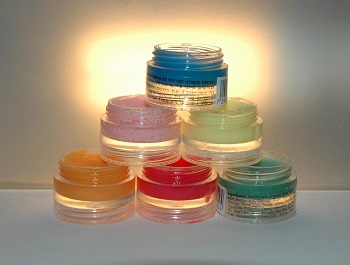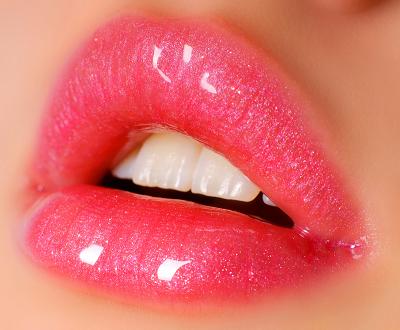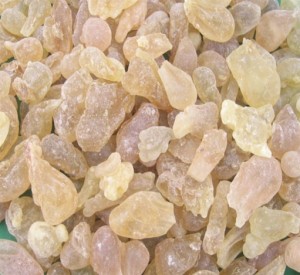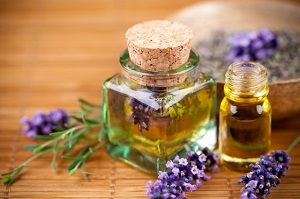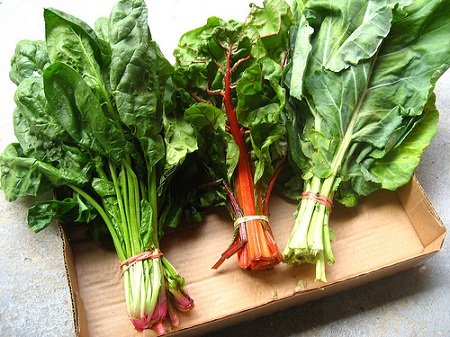Our pets give us love – and skin diseases and other infections. Here’s how to protect yourself against five maladies.
by Beverley Lewis
We love them, cuddle with them and treat them like family. And these cuddly, furry creatures reciprocate in kind by showering us with unconditional love and affection. They lick our hands and faces when we are feeling low and offer us a friendly paw in greeting. But these furry bundles of joy are also carriers of germs that they unknowingly pass on to us, leading to skin rashes and infections. Here’s a list of five skin infections you can get from your beloved pets, and steps you can take to prevent them.
 Hookworm: It is primarily transmitted from animal faeces, dirt, or contaminated soil. Humans pick up the eggs or larvae on their skin from contaminated soil when walking barefoot in parks and gardens frequented by animals. Puppies and kittens can acquire hookworm from their mother’s milk. If the nursing mum has an infestation, this is then passed on to human beings.
Hookworm: It is primarily transmitted from animal faeces, dirt, or contaminated soil. Humans pick up the eggs or larvae on their skin from contaminated soil when walking barefoot in parks and gardens frequented by animals. Puppies and kittens can acquire hookworm from their mother’s milk. If the nursing mum has an infestation, this is then passed on to human beings.
Hookworm larvae have the ability to penetrate human skin and a rash forms on the skin where the larva enters. The most common area for a rash is on the feet of a person who has walked barefoot in sand or soil containing hookworm larva. It is also possible to acquire a hookworm skin infection in the form of a ‘travelling rash,’ where you’ve possibly been exposed to contaminated soil and have a mysterious rash moving around on your skin. It can also cause serve coughing, chest pain, wheezing, fever, epigastric pains, indigestion, nausea, vomiting, constipation and diarrohoea can occur early or in later stages as well, although gastrointestinal symptoms tend to improve with time. Signs of advanced severe infection are anaemia and protein deficiency, including emaciation, cardiac failure and abdominal distension.
Roundworms: They are large and spaghetti-like in appearance. And they can create a full-blown infestation in your pet before you are even aware of their existence. By the time you see signs of roundworms in your dog’s or cat’s faeces or vomit, he’s overrun with them.
Don’t count on seeing roundworms or hookworms to alert you to an infestation. If you suspect your pet has been exposed, you should collect a stool sample and drop it by your vet’s office for an analysis. Your pet will typically acquire a roundworm problem by eating infected faeces. The infection can also be passed from a female to her unborn puppies or kittens across the placenta. The babies develop their own infection while still in the uterus and are born with roundworm.
Roundworm infections in people are most commonly transmitted through ingestion of contaminated soil. For example, if you pull vegetables from your garden and don’t wash them thoroughly, you could ingest soil that is contaminated with roundworm eggs. Because humans are not the perfect host for roundworms, they tend to travel through the body and create problems like organ inflammation. In fact, they are known to migrate through the eyes of small children. It is not uncommon for an eye doctor to discover roundworm larva at the back of a child’s eye.
Obviously, it’s very important that puppies and kittens be de-wormed if they are carrying a worm parasite like hook or roundworm. An infected pet new to your family creates an unacceptable potential for exposure – especially when it comes to young children.
Toxoplasmosis: This is a zoonotic disease any warm-blooded vertebrate can acquire, however, infections are most common in cats and humans. Most at risk are pregnant women  and people who are immunosuppressed. For example, an AIDS patient runs a much greater risk of acquiring a toxoplasmosis infection than a person with a healthy immune system. Children are also at higher risk.
and people who are immunosuppressed. For example, an AIDS patient runs a much greater risk of acquiring a toxoplasmosis infection than a person with a healthy immune system. Children are also at higher risk.
If you are pregnant, avoid cleaning your cat’s litter box. If you feed your pet a raw food diet, freeze fresh meat for three days to kill off any toxoplasmosis living in the tissues. This will make the meat safer for you to handle and healthy for your pet to eat.
Lyme disease: This is a vector-borne illness; a vector is the vehicle of transmission, in this case it is the Ixodes tick, also known as the deer tick or the black-legged tick. The tick transmits the Lyme organism to a dog or a person and both can become infected.
Acute Lyme disease causes fever and lethargy. People also tend to get rashes, and dogs tend to develop transient amenesia along with the other symptoms. Chronic Lyme infection in people can lead to polyarthritis, an immune-mediated degenerative disease, which can lead to kidney disease.
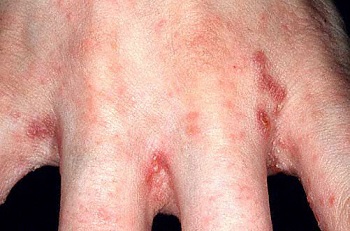 Scabies: This is caused by tiny spiderlike mites that are transmitted through contaminated grooming equipment and kennels. Scabies will cause your pet to scratch and bite at its skin. The severe itching is caused by female mites tunnelling a few millimetres under the skin to lay their eggs. The eggs hatch in three to 10 days. The immature mites develop into adults and begin to lay eggs of their own.
Scabies: This is caused by tiny spiderlike mites that are transmitted through contaminated grooming equipment and kennels. Scabies will cause your pet to scratch and bite at its skin. The severe itching is caused by female mites tunnelling a few millimetres under the skin to lay their eggs. The eggs hatch in three to 10 days. The immature mites develop into adults and begin to lay eggs of their own.
The entire life cycle occurs on the dog’s skin, and takes just 17 to 21 days. When transferred to humans, it can produce an itchy rash around the belt line. Scabies mites, however, do not live on human skin for longer than three weeks. If the problem does not disappear in three weeks, look for a continuing source of infestation.
Stay parasite-free
– Wash all vegetables thoroughly before you serve them to any family member, human or pet.
– If you garden, wear shoes and gardening gloves. Wash your hands and other exposed skin if you come in contact with soil.
– Practice good tick protection. Do regular tick checks on your kids and your pets. If necessary, use safe tick repellents to prevent tick attachment.
With inputs from dermatologist Dr Poonam Wadwani, D&T Medical Centre, Mumbai.
(Pictures courtesy www.thefastertimes.com, hubpages.com, saludable.infobae.com, www.visualphotos.com)
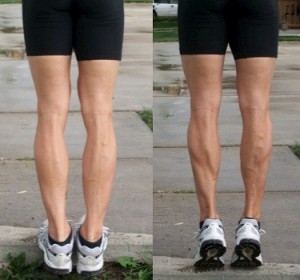 The double-leg calf raise. This particular exercise uses one’s body weight to strengthen and tone the gastrocnemius and soleus muscles or calf muscles.
The double-leg calf raise. This particular exercise uses one’s body weight to strengthen and tone the gastrocnemius and soleus muscles or calf muscles. or a bench, making sure your feet are flat on the floor.
or a bench, making sure your feet are flat on the floor.